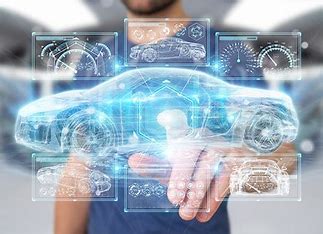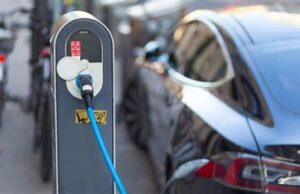The auto repair industry, often seen as a traditional field, is undergoing a radical transformation thanks to emerging technologies. From artificial intelligence (AI) to advanced diagnostics tools, technology is not just reshaping how repairs are performed but is also enhancing efficiency, accuracy, and customer satisfaction. This article delves into some of the groundbreaking technologies that are revolutionizing the auto repair industry.
Artificial Intelligence and Machine Learning
AI and machine learning are at the forefront of this transformation. These technologies are being used for predictive maintenance, helping to identify potential issues before they become serious problems. AI algorithms analyze data from vehicle sensors and past repair records to predict when parts might fail, allowing for timely interventions. If you need assistance with Auto Repair in Southfield, MI, call these professionals; they can surely assist you! They leverage the latest in AI to ensure your vehicle gets the best care.
Advanced Diagnostic Tools
Modern vehicles, equipped with numerous sensors and electronic systems, require sophisticated diagnostic tools for effective repair. These tools, often powered by AI, can quickly and accurately diagnose issues, reducing the time a car spends in the shop and increasing repair accuracy.
3D Printing for Custom Parts
3D printing is revolutionizing the availability of parts. Instead of waiting for specific parts to be shipped, repair shops can now print them on demand. This not only speeds up the repair process but also reduces costs and waste, contributing to more sustainable repair practices.
Virtual and Augmented Reality
Training in the auto repair industry is also getting a tech makeover. Virtual and Augmented Reality (VR/AR) technologies provide technicians with immersive, hands-on training experiences without the need for physical vehicles. This technology is particularly useful for training on new or complex procedures.
Electrification of Vehicles
The rise of electric vehicles (EVs) presents both challenges and opportunities for auto repair shops. Technicians need to be trained in high-voltage systems and battery management, which are vastly different from traditional internal combustion engines. The industry is adapting by developing specialized training programs for EV repairs.
Internet of Things (IoT)
IoT technology allows for real-time monitoring of vehicle health. Connected devices can send data directly to repair shops, allowing technicians to remotely diagnose issues. This not only makes the repair process more efficient but also enhances preventive maintenance.
Conclusion
The auto repair industry is stepping into a new era, marked by technological advancements that promise to make repairs faster, more accurate, and more efficient. As these technologies continue to evolve, they will undoubtedly bring more revolutionary changes to the industry, benefiting both repair shops and vehicle owners alike.
This evolution signifies not just a change in how repairs are done, but also a shift in the skills required by automotive technicians. Embracing these changes and staying ahead of technological trends is crucial for any auto repair business aiming to thrive in this new landscape.





 Renewable Energy Tech
Renewable Energy Tech Energy-Efficient Devices
Energy-Efficient Devices